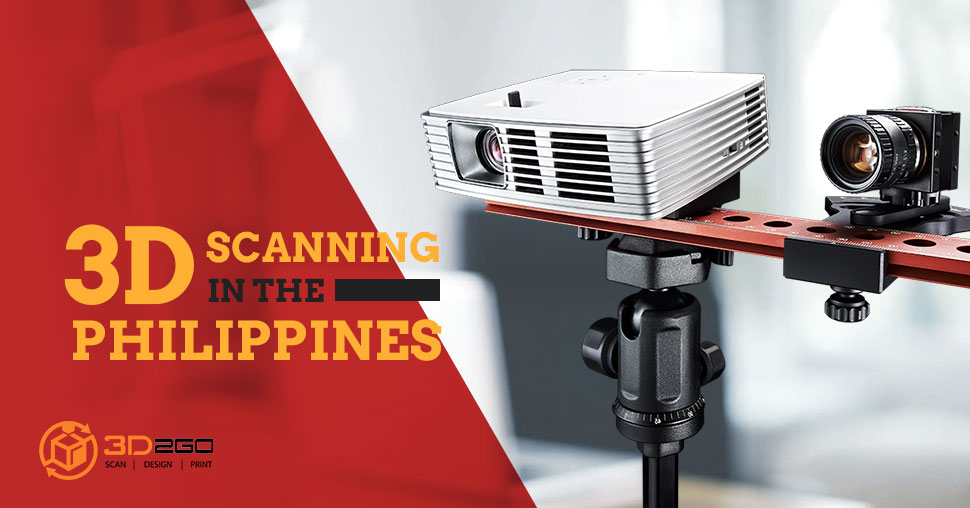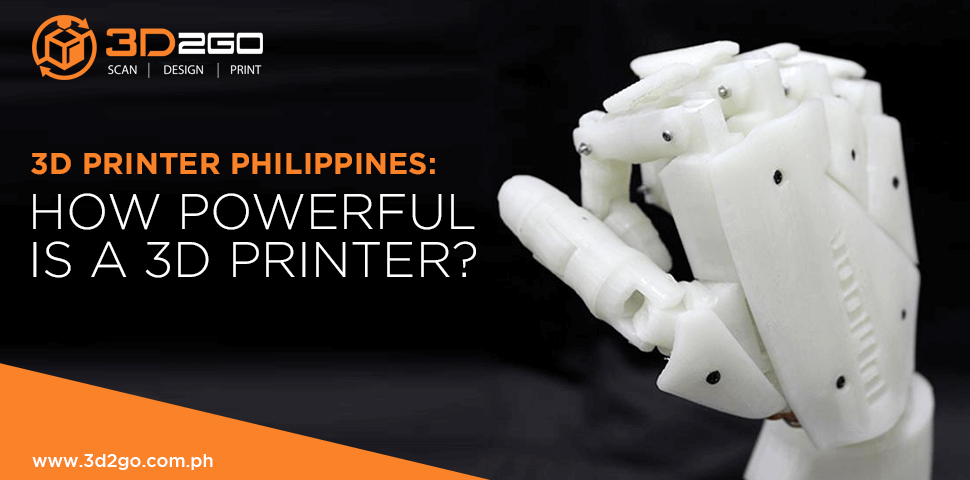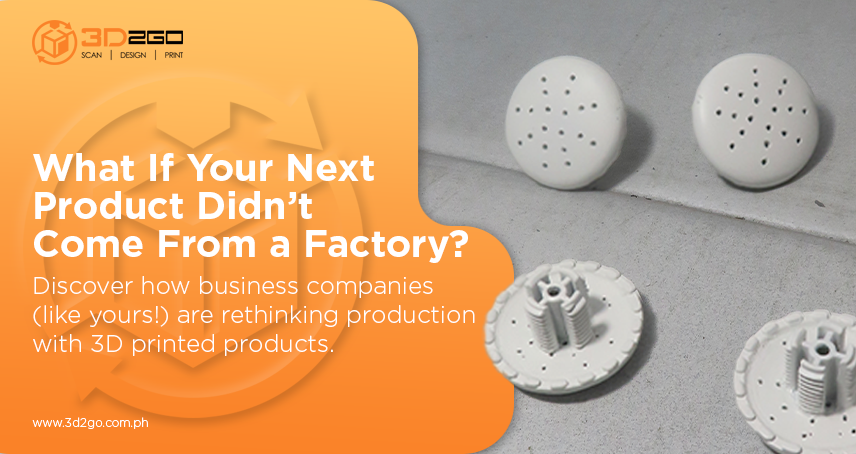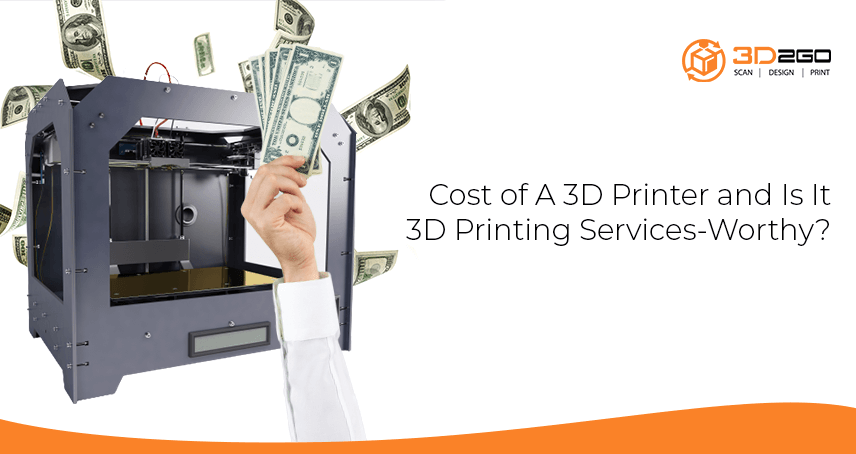
3D Scanning in the Philippine Market
June 17, 2022
Surprise the Couple With These 3D-Printed Wedding Gifts
June 17, 20223D printers are an invention unlike any other.
Firms and countries are now using it to improve their projects. From creating artificial limbs to printing buildings, 3D printers hold limitless possibilities.
They use 3D printers in printing out 3D files made on computers. These files are any objects the mind can imagine, from simple to complex.
It rarely matters to a powerful 3D printer what you want to print, as it can print out almost anything that you desire. In fact, it is such a powerful tool that many industries nowadays are using it to solve their problems.
Let us dive into the top applications for 3D printing technologies to understand this further.
Industry Application of 3D Printers
3D printing or Additive Manufacturing (AM) has been around for decades. But most people are not entirely sure of its capabilities.
Below are some of the industrial applications of 3D printers.
1. Education
3D technology allows teachers to design rich learning experiences that can improve classroom and online learning.
AM creates an exciting environment for children. Some students will think that they are playing and having fun, but in essence, they are learning valuable lessons about design, theory, and object manipulation.
It also encourages them to share ideas and work as a team. It is an experience that can dramatically enhance their problem-solving and social skills.
Not only that it changes how students think, but it also helps them picture information more vividly. 3D technology opens new possibilities for learning.
3D printing gives children the opportunity to explore these possibilities. It is not easy to have young people figure things out without the benefit of visualization. By purchasing powerful 3D printers, teachers can help their students experiment with ideas.
Even more so, AM complements most of the curriculums taught in school, like in Science and Math. So it is not a total waste of money, effort, and time getting a 3D printer for your kids or your classroom.
2. Medicine
Since the early 2000s, AM has been an essential part of the medical industry.
Doctors use AM to create dental implants and custom prosthetics back in its early days. Since then, 3D technology has evolved into something extraordinary. Human body parts such as ears, fingers, exoskeletons, windpipes, jawbones, eyeglasses, tissues, and organs can now be 3D printed.
The medical use of 3D printing can fall into three broad categories:
a. Tissue and organ fabrication
The current treatment for organ failure is an organ transplant from a living or deceased donor. However, there is a chronic shortage of available organs for transplant. According to the website organdonor.gov, there are 107,000+ men, women, and children on the national transplant list as of February 2021
Last year there were 39,000 successful transplants. If we compare it to the number this year, 107,000 is already too large to fulfill.
That is why 3D bioprinting is essential.
AM is an alternative solution that healthcare providers use for the donor shortage dilemma. These big corporations use powerful inkjet-based or extrusion-based 3D printers to reproduce human tissues.
In one case study published in the New England Journal of Medicine by the University of Michigan, they successfully implanted a 3D-printed bioresorbable tracheal splint in a baby. The baby recovered, and within three years, his body will fully absorb the implant.
b. Creating prosthetics and implants
The most apparent use of 3D printing in the medical industry is creating standard and complex customized prosthetic limbs.
The ability to quickly produce and create prosthetics solves a clear and persistent problem in orthopedics. Surgeons need to drill and shave metal and plastic pieces to create the desired shape, size, and fit of the patient, a long time ago.
Nowadays, you only need a 3D model and a 3D printer to create, at least, a prosthetic finger. Customizing limbs is not a problem anymore. Surgeons even use other AM services such as 3D scanning to capture the perfect fit and size, however complex, a patient needs.
c. Pharmaceutical research
There is a bright future that awaits the manufacturing and distribution of drugs by pharmaceutical companies. Using 3D technology, they can potentially send medication information and databases to pharmacies for on-demand drug printing.
It would cause the whole drug manufacturing and distribution to change drastically, process and money-wise. Also, this will revolutionize how patients can get their medication.
Despite 3D technology presenting itself as a viable solution to pharmaceutical research, it will require tremendous support from the government for it to work. But the medical industry is still considering this method for the future of society and healthcare.
3. Construction
Additive manufacturing is changing the landscape of the construction industry.
In fact, the government of Dubai announced that by 2030 they want 25% of new building composition to involve 3D printing technologies. Other countries use 3D printing in construction too. China materials firm WinSun printed ten houses in 24 hours using construction waste back in 2014. They stepped it up a notch in 2015 by printing out a six-story apartment building in Shanghai.
However, the Philippines is still lagging behind advanced countries like China, Singapore, and South Korea. According to one of the largest industrial groups in Germany, ThyssenKrupp. The market share of the country in the Southeast Asian region is only 5%.
AM penetration in the country is still not yet significant. Hence, there is no known 3D construction project in the Philippines yet. However, the Department of Science and Technology (DOST) is now encouraging manufacturers and researchers to use their 3D printers.
3D printers are powerful tools in the construction industry. Other than using it in printing an entire building, the most logical use of 3D printers is creating simple to complex parts and components.
3D printing allows faster and accurate construction while lowering labor costs and production waste.
3D Printer Price Philippines
If you are interested in exploring the limitless possibilities of 3D technology, buying a 3D printer is a good start.
Here are three beginner printers you can purchase in the market:
1. Flashforge Creator Pro
Flashforge Creator Pro is a printer designed for beginners to expert users. Creator Pro is a very reliable 3D printer with excellent precision and professional quality.
Estimates of the price of this machine are around 40,000 to 60,000 pesos. It is an affordable price for those who want to have a 3D printer for long-term use.
2. Dremel DigiLab 3D20
The price of one Dremel DigiLab 3D20 starts from 75,000 pesos. The beauty of this printer is its compact design. You can put it on a small desk, like a paper printer. And it is also compatible with any Mac and PC device.
3. Snapmaker Original
If you are new to the whole 3D printing, Snapmaker is the printer for you. It has a sleek design perfect for those who value aesthetics and functionality.
The price range of it is around 50,000 to 75,000 pesos.
3D Printer For Sale Philippines
Are you looking for a 3D printing shop Philippines?
3D2GO is your only go-to-shop if you are looking for a 3D printer for sale. We are the regional distributor of Snapmaker Original and Flashforge Creator Pro in the country.
Our company specialized in end-to-end 3D service, from 3D scanning to printing.
If you are interested in buying your first-ever 3D printer, you can contact us today!
You can reach us at this number: 02-7-621-3833
Or you can fill up this contact sheet.






